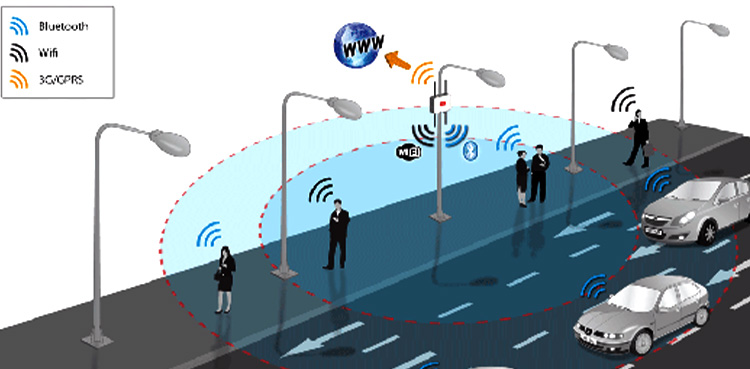LiFi Technology – Is it the New form of Wi-Fi?
LiFi (short for Light Fidelity) is a wireless communication technology, which uses light instead of radio frequencies to transmit data between devices. The word was first used at a 2011 TED Talk by Harald Haas, professor at the University of Edinburgh. He imagined that in the future light bulbs could act as routers and deliver data at very high speeds over the visible light spectrum. LiFi boasts that unlike Wi-Fi it can deliver speeds of up to 224 Gbit/s.
How Does LiFi Work?
LiFi is a Visible Light Communications (VLC) system. This means that the technology uses a photo-detector to receive data signals and a light-emitter to convert the data signals (binary 1’s and 0’s) into the content we view on the web.
Access Point
Firstly, an access point connects the LED light bulb to the internet through a router or switch.
Source
To transmit data digitally, data needs to be converted into binary, zeros and ones. In other words, zero represents ‘off’ and one means ‘on’. LED light bulbs are semiconductors. This means that the light bulb dims up and down at very high speeds without being visible to the human eye. Secondly, the constant dimming of the LED light bulb is transmitting data (0 and 1).
Transceiver
Thirdly, the receiver in the LiFi enabled smart device converts the changes in the LED light into a digital signal. After that, the transmitter in the smart device converts the signal into binary data. The binary data is what we see all the time on the web in the form of Facebook posts and YouTube videos.
You may like: Wifi 6 GHz – Boost Internet Speed into Next Generation

Advantages and Disadvantages
Advantages of LiFi
- Higher speeds than Wi-Fi (Sisoft, a Mexican company was successfully able to transmit data at 10 Gbit/s using VLC).
- Unlimited bandwidth because the visible light spectrum is 10,000 larger than the radio frequency spectrum.
- More secure because the light is visible in a single room. Hackers cannot intercept the data without being physically present in the same room as the light source.
Disadvantages of LiFi
- LiFi uses visible light to transmit data. Light cannot pass through walls. The entire house would need LED light bulbs installations.
- Since the constant dimming of the light bulb is transmitting data, lights would have to stay on during the day as well for internet connectivity.
- Lack of public infrastructure means that the internet will only be available where LED light bulbs are installed. So, public networks won’t be widely available since the entire infrastructure needs to be constructed first.
Read Also: Your Phone App – Make and Answer Calls on Windows 10




